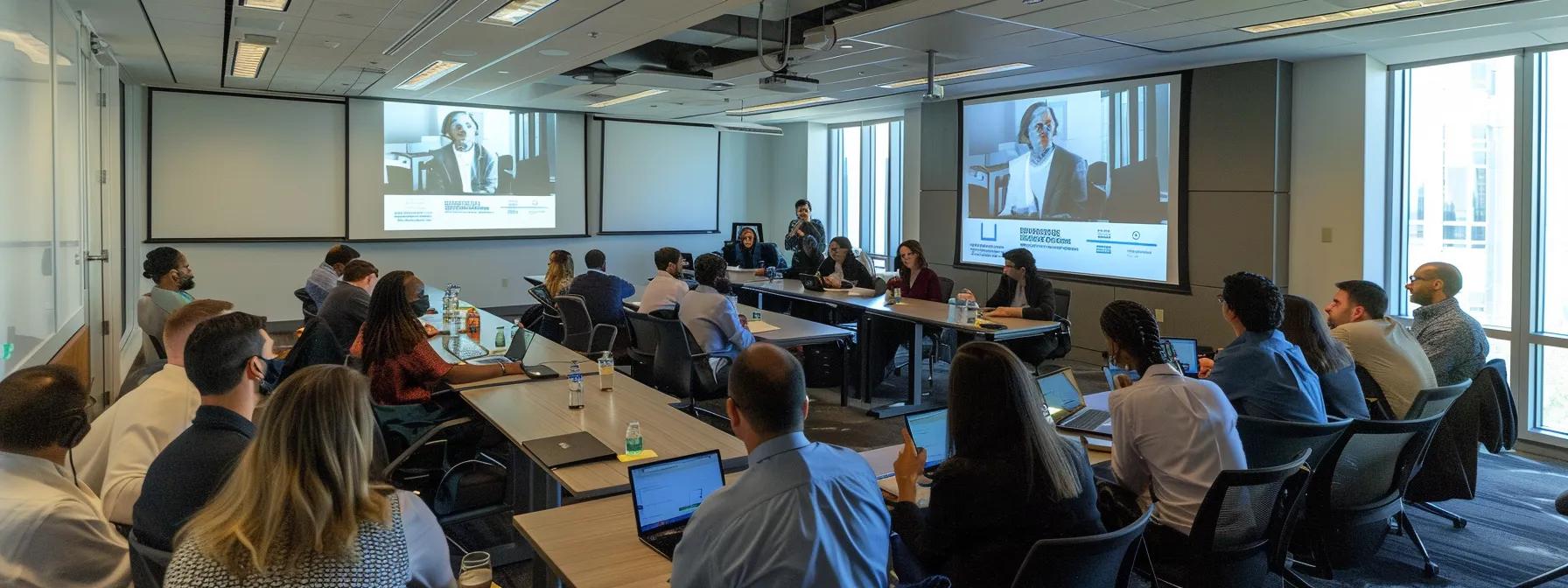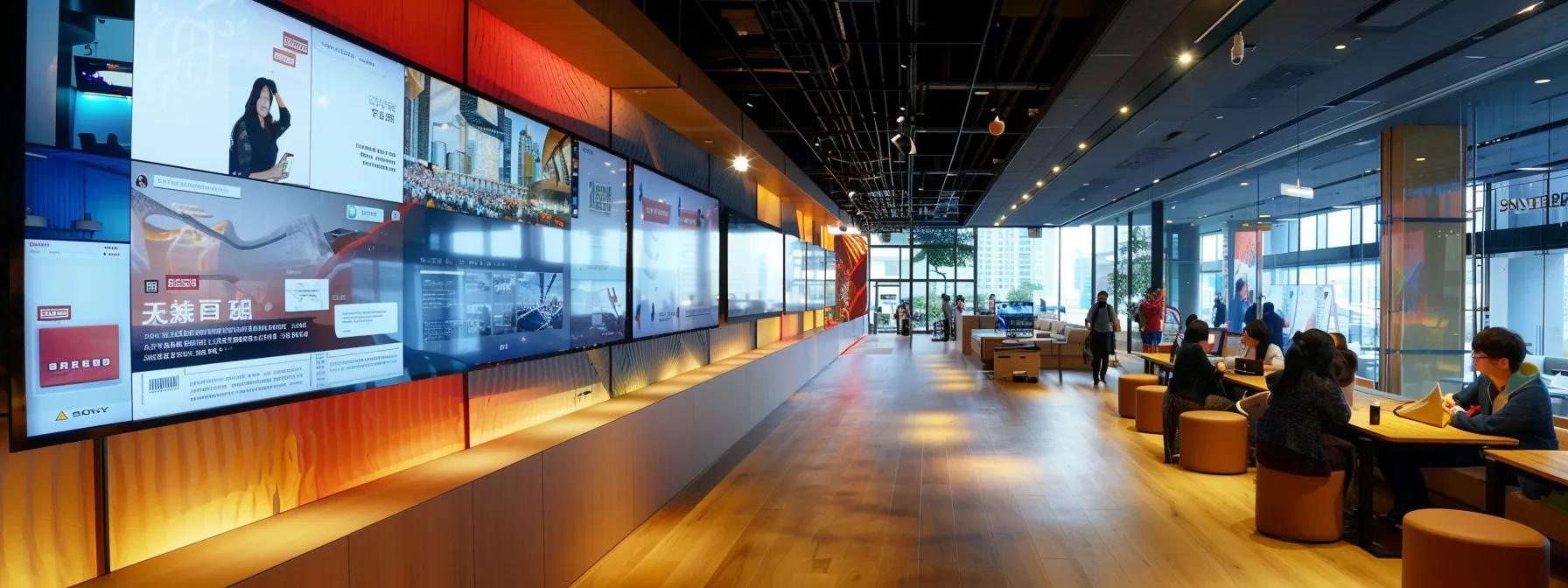Overcoming Common Hurdles: Key Challenges in Crafting an Effective Content Brief for Businesses
Creating an effective content brief is crucial for aligning business goals with content strategies. This article explores the common barriers in developing a content brief, ensuring that teams can streamline their processes and enhance overall content effectiveness. We’ll analyze each hurdle, suggest ways to bridge gaps, and provide actionable techniques to improve your content development cycle.
Key Takeaways
- Clearly defined objectives prevent misalignment during content creation.
- Active stakeholder input enhances the richness of the content brief.
- Effective design increases comprehension and retention of content briefs.
- Balance between data-driven insights and creativity leads to optimal outcomes.
- Regular refining of brief structures enhances content quality.
1. What barriers exist in creating an effective content brief?

The primary barriers in creating an effective content brief include lack of clarity in objectives, insufficient stakeholder input, and ineffective communication among teams.
Organizations often struggle to establish clear objectives that resonate with their overall business goals, which can lead to misaligned expectations and wasted resources.
A study by the Content Marketing Institute highlights that 61% of marketers claim that creating content that resonates with the target audience is challenging, often due to vague goals.
2. How can businesses bridge the gap between goals and content strategies?

Businesses can bridge gaps by ensuring that their content strategies are directly aligned with specific, measurable objectives. This process often includes integrating key performance indicators (KPIs) during the planning phase of content development.
Establishing a clear link between desired outcomes—such as increased engagement, brand visibility, or lead generation—and the content being created helps teams stay focused and efficient. Furthermore, aligning the content strategy with the company’s broader marketing and sales strategies increases its relevance and potential for success.
3. How to manage stakeholder input for a refined content brief?

Managing stakeholder input effectively involves maintaining open communication and actively soliciting feedback throughout the content creation process. Regular check-ins, collaboration tools like project management software, and brainstorming sessions can facilitate smoother interactions among stakeholders.
To refine the content brief, gathering insights from diverse departments such as marketing, sales, and customer service is crucial. This practice ensures that all perspectives are considered, preventing potential obstacles down the line.
Research from HubSpot indicates that 72% of organizations transitioning toward collaborative content strategies noted improved satisfaction among team members.
4. What role does design play in content brief effectiveness?

Design plays a pivotal role in the impact and readability of a content brief. An unstructured or poorly formatted brief can confuse and mislead team members, hampering their ability to deliver successful content.
Coherent design elements—including headings, bullet points, tables, and visual graphics—enhance understanding and make the information more accessible. According to a study by Nielsen Norman Group, effective visual elements increase reader retention by as much as 75%.
5. How can businesses balance data-driven insights with creativity in content creation?

Balancing data-driven insights with creativity involves using analytics to inform creative processes. Employing tools to gather insights on audience preferences and engagement can guide content development without curbing creativity.
Integrating analytics into brainstorming sessions allows teams to align creative efforts with existing data trends, ensuring that content resonates with the intended audience while maintaining imaginative and engaging elements.
Furthermore, utilizing software solutions such as Search Atlas can streamline data analysis processes while freeing creative teams to focus on developing compelling narratives.
6. What practical techniques can help refine content briefs?

Practical techniques for refining content briefs include utilizing templates, developing comprehensive outlines, and incorporating feedback loops within the content creation process. Templates can offer a structured format that ensures all pertinent information is addressed, while outlines help clarify the roadmap for content development.
Moreover, creating iterative feedback loops not only enhances the brief’s quality over time but fosters a culture of continuous improvement in content development efforts. Collaborative platforms like Google Docs can facilitate this process effectively.
Implementing these techniques has shown to enhance the consistency and effectiveness of content across multiple projects.
7. How can businesses overcome common design and message inconsistencies?

Overcoming design and message inconsistencies hinges on clear branding guidelines and standardized messaging frameworks. Implementing a style guide can ensure that all content adheres to specific branding protocols, promoting cohesiveness across different materials.
Additionally, frequent audits of published content against these established guidelines can help identify and rectify any inconsistencies before they impact the brand’s reputation. Organizations that invest in developing these resources typically find that they foster a more unified and recognizable brand identity, crucial in today’s competitive landscape.
Key Takeaways
- Clearly defined objectives prevent misalignment during content creation.
- Active stakeholder input enhances the richness of the content brief.
- Effective design increases comprehension and retention of content briefs.
- Balance between data-driven insights and creativity leads to optimal outcomes.
- Regular refining of brief structures enhances content quality.
Final Thoughts
Overcoming common hurdles in crafting an effective content brief is essential for aligning content strategies with business objectives. By focusing on clarity, stakeholder engagement, design quality, and data integration, businesses can create impactful content that resonates with audiences. Implementing these strategies positions organizations for long-term success in the ever-evolving landscape of digital content.
Frequently Asked Questions
What is the importance of a content brief? A content brief aligns team goals and expectations for effective content creation. How can I gather stakeholder input effectively? Utilize collaboration tools and regular feedback sessions to incorporate diverse perspectives. What role does design play in a content brief? Effective design enhances comprehension and retention of important information. How can I balance data with creativity in content creation? Utilize audience analytics to inform creative processes without stifling innovation. What are the common challenges in creating a content brief? Lack of clarity, ineffective communication, and stakeholder misalignment are common challenges.
What is the importance of a content brief?
A content brief aligns team goals and expectations for effective content creation.
How can I gather stakeholder input effectively?
Utilize collaboration tools and regular feedback sessions to incorporate diverse perspectives.
What role does design play in a content brief?
Effective design enhances comprehension and retention of important information.
How can I balance data with creativity in content creation?
Utilize audience analytics to inform creative processes without stifling innovation.
What are the common challenges in creating a content brief?
Lack of clarity, ineffective communication, and stakeholder misalignment are common challenges.
Overcoming common hurdles in crafting an effective content brief is essential for aligning content strategies with business objectives. By focusing on clarity, stakeholder engagement, design quality, and data integration, businesses can create impactful content that resonates with audiences. Implementing these strategies positions organizations for long-term success in the ever-evolving landscape of digital content.

Leave a Reply